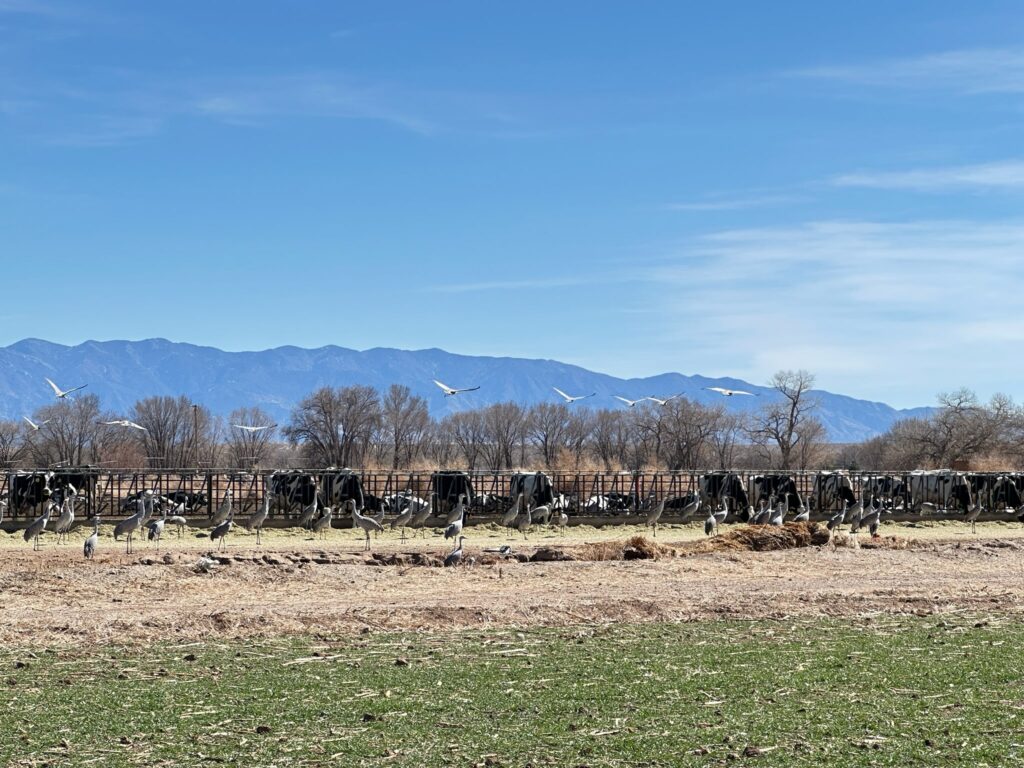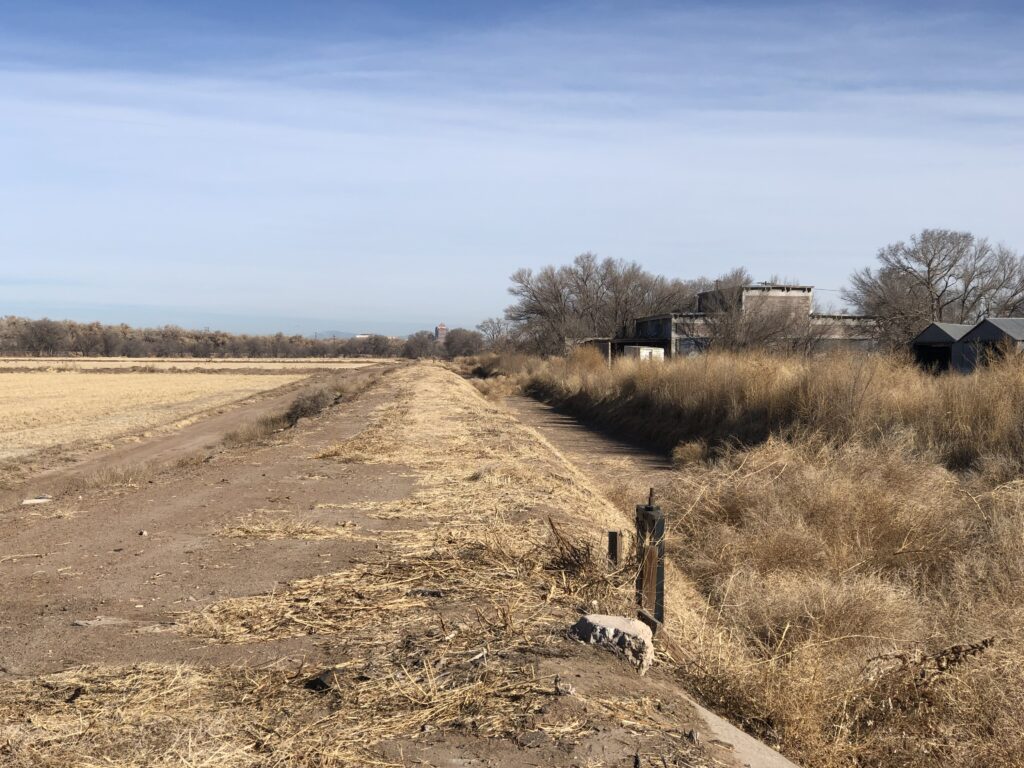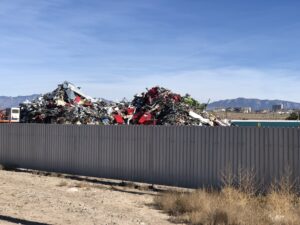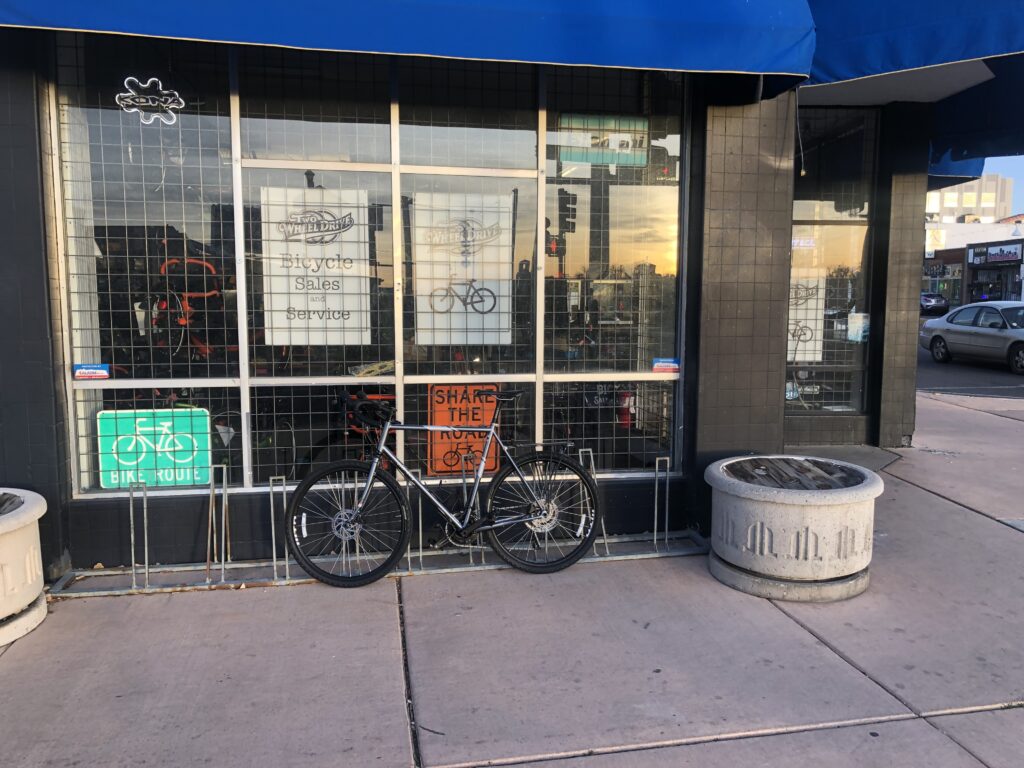I got a text message yesterday afternoon about this, which is nuts:
The U.S. Army Corps of Engineers-Albuquerque District announced today that an unintended water release from Cochiti Dam may increase flood risk on the Rio Grande in the river channel, riverbanks, and floodway.
The cause of the unintended water release was a procedural error during routine maintenance.
Accidentally dumping 8,000 cubic feet per second into a river channel that hasn’t seen that much water since 1985 is a big deal. The gage data suggests the river level rose four feet basically instantaneously.
I’ve been thinking a lot lately about the stuff the federal government does in water management in the United States that we used to be able to take for granted, like, for example safely operate the dams.
We all love to complain about the federal government’s water management work, but the complaints are based on narrow questions and presume a broad societal consensus that there’s a bunch of stuff the federal government can be reliably counted on to do while we argue over details. Reclamation and the Corps are gonna operate the dams, for example. The details we argue about are at important margins, but they’re at the margins, based on the presumption that the basic stuff will get done.
Like, for example, spending the money that Congress approved to help us manage shortages in the Colorado River Basin. Which money has now been yanked out from under us by the autocrats who think they know better, as Alex Hager reported yesterday.
HAGER: Colorado River user groups are being told that payments in exchange for their water are on pause for now. It’s unclear if those payments scheduled to arrive in coming months will actually show up.
BART FISHER: It’s unnerving to think that maybe come August 1, all of our plans will need to suddenly change.
HAGER: Water experts say these projects don’t seem to conflict with the Trump administration’s executive orders. Anne Castle helped manage water under presidents Biden and Obama.
ANNE CASTLE: These are not woke environmental programs. These are essential to continued ability to divert water…. Having this appropriated funding suddenly taken away undoes years and years of very careful collaboration among the states in the Colorado River Basin and threatens the sustainability of the entire system.
I have no idea what happened at Cochiti Dam yesterday, whether the person who made the “procedural error” was new because the old timer who knows how to run the dam took the early buyout and bailed. But I do know that is exactly the “what if” scenario I was gonna lay out in a blog post that’s been percolating in my head about this question of how we in the West go forward in water management when the federal government suddenly becomes an unreliable partner.
I am not saying this because complaining about the stunningly arrogant idiots crashing through the federal government right now is great clickbait. I’m tired of all the angry clickbait, frankly, which is why I hadn’t written the blog post until today.
My point here is a serious question, not a rhetorical one: What would it mean for us in Western water management if the federal government becomes an unreliable partner? What must we do to prepare? What does that even look like?






